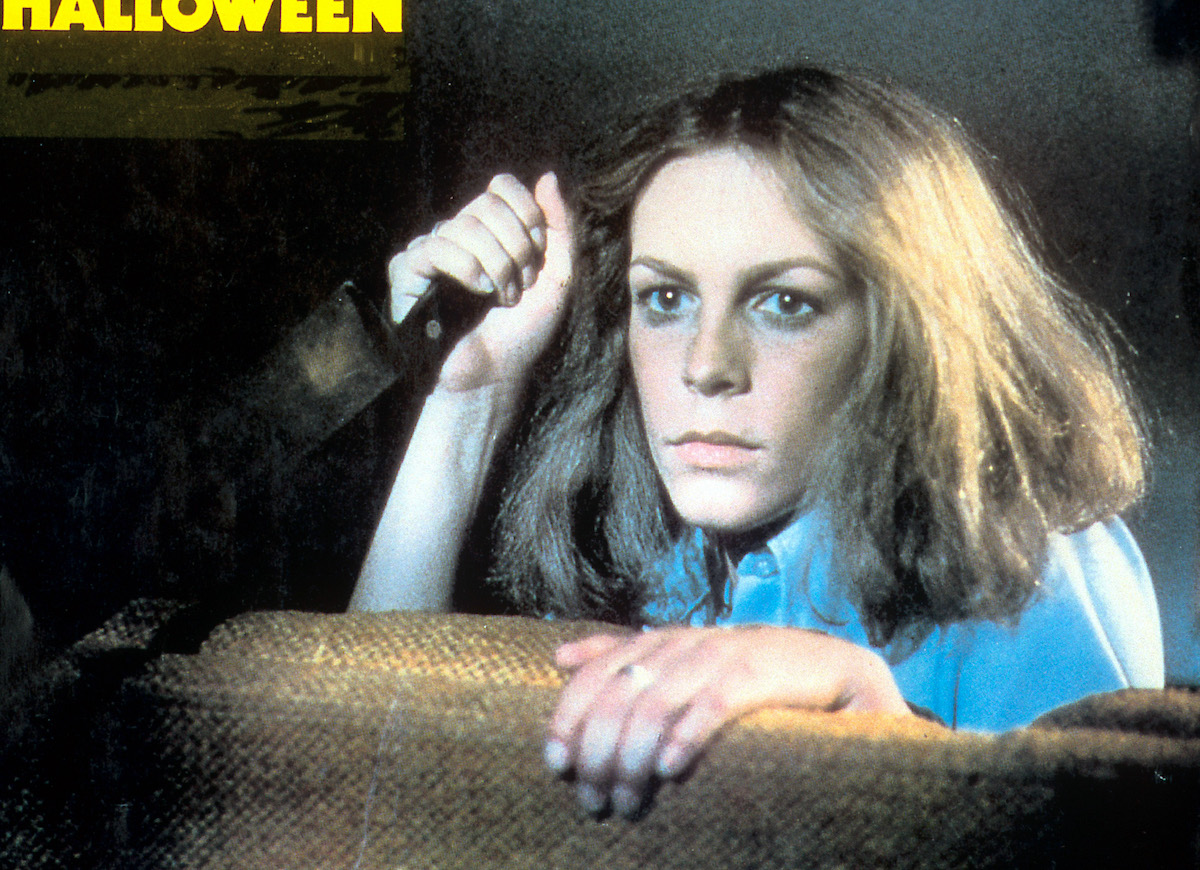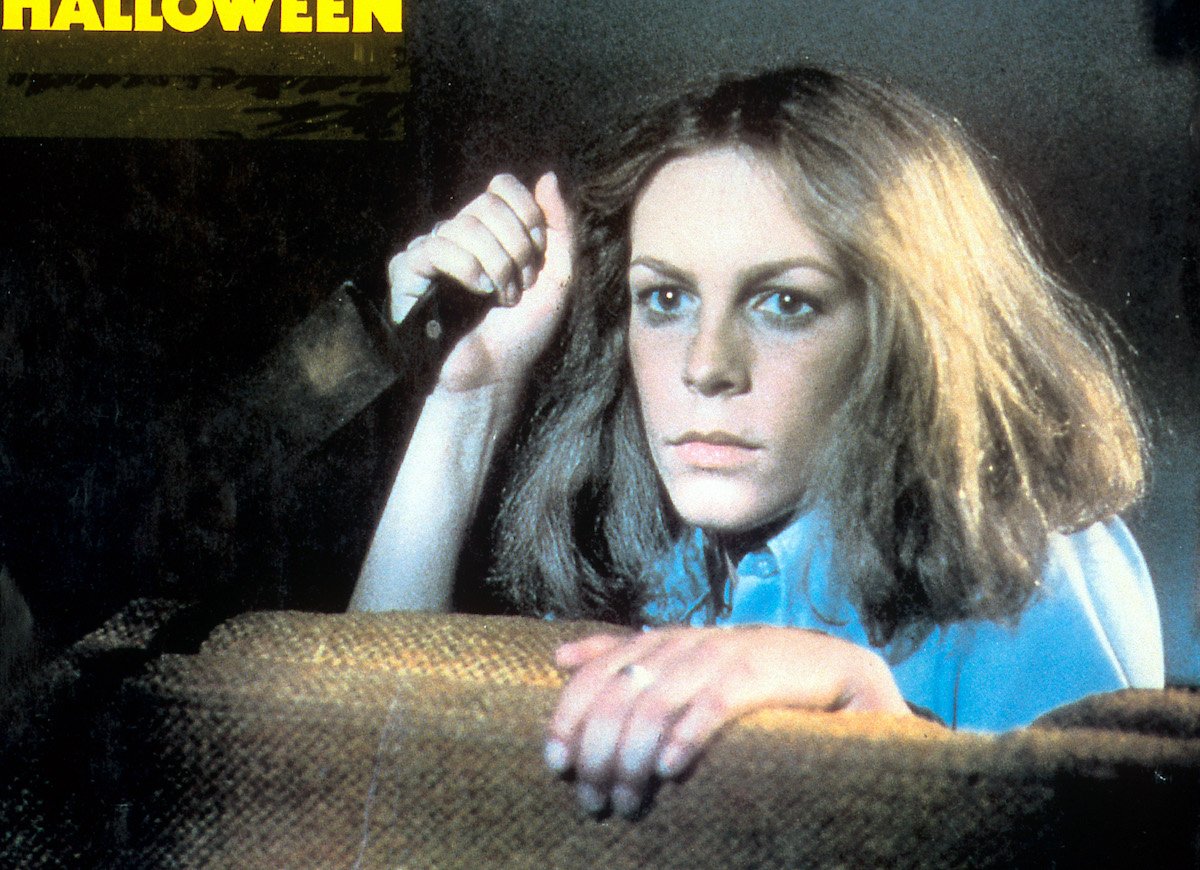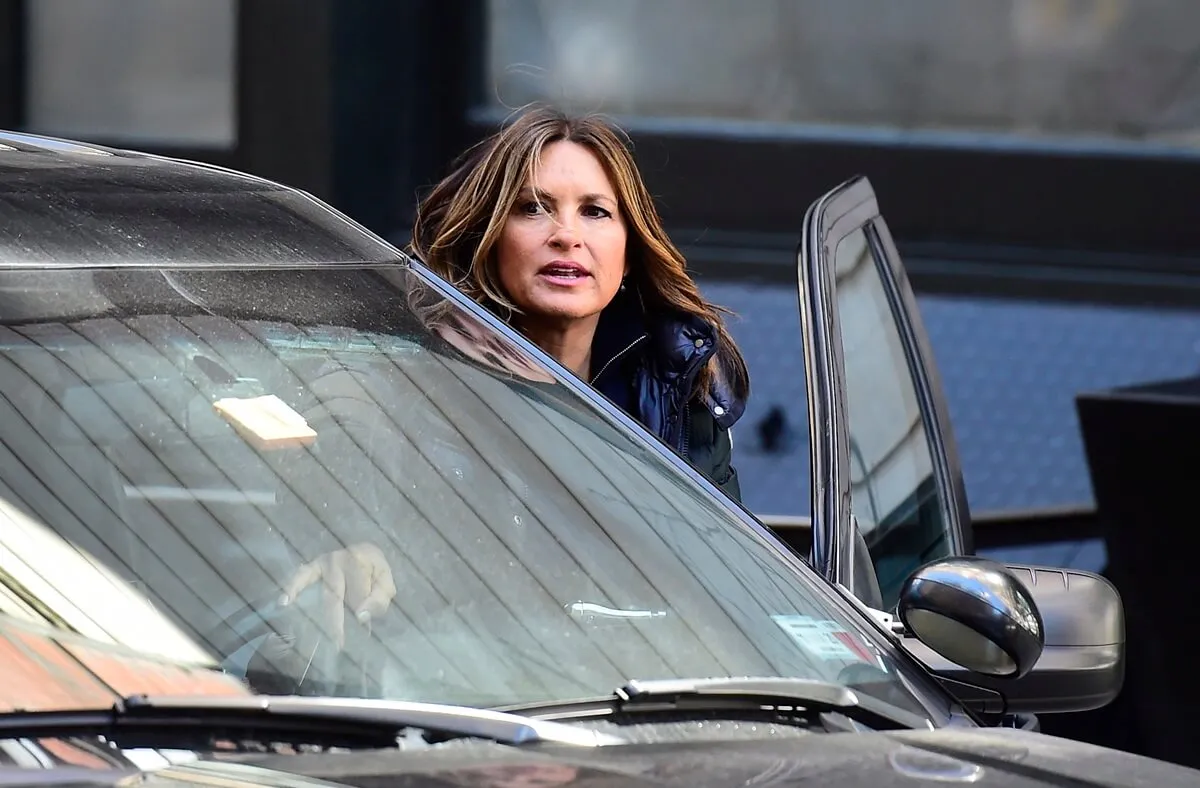
What Is a Final Girl?
Halloween is the perfect excuse for horror fans to revisit their favorite scary movies or catch up on modern hits. Once you watch enough media from the same genre, you start to pick up on some of the more familiar narrative concepts that appear regularly in thrillers. One is the final girl, a decades-old staple that defined a generation of slasher films and still shows up in movies today.
The final girl is one of the most enduring horror tropes

Final girls were common in horror movies, but the term wasn’t invented until 1992 when author Carol J. Clover used it in Men, Women, and Chain Saws: Gender in the Modern Horror Film. The book re-examines gender roles in slasher movies and the appeal of horror from a feminist perspective.
As you might have guessed, the final girl is the last female left alive at the end of a slasher flick — the only character to survive the nightmare (On Elm Street) scenario or stop the killer once and for all. But Clover and other critical thinkers noticed that making it this far into the movie usually comes with a specific personality and life experience.
The final girl, especially in older films, is a virgin or sexually conservative. She doesn’t have much interest in drugs or alcohol. She has more intelligence and wisdom than her peers. And when things get bloody, she can defend herself from the stalking villain. The final girl also tends to be a wholesome brunette rather than the promiscuous blonde, whom horror directors loved to make one of the early victims in the ’70s and ’80s.
Part of Clover’s theory is that the final girl archetype came to be as a method of making a primarily male audience and filmmaker class identify with a woman by having her take on more traditionally masculine traits. Once you’re aware of this trope, you can’t help but see it in many of the most iconic pieces of horror cinema.
Slasher movies feature the most iconic final girls
Every discussion of the final girl must include Laurie Strode from the Halloween franchise. She embodies every major trait of the archetype. She’s intelligent, resourceful, and able to elude Michael Myers despite his every move. Laurie is one of the most iconic heroines in movie history, which makes Halloween star Jamie Lee Curtis’ dislike of horror films all the more ironic.
Other classic final girls from this period include Sally Hardesty in The Texas Chainsaw Massacre, Ellen Ripley in Alien, and Jess Bradford in Black Christmas (though the last has a more active sex life than the others).
The trope persists into the modern era in works such as Don’t Breathe, You’re Next, and Barbarian. But horror filmmakers also began to subvert the stereotype in different ways. For instance, the 2015 comedy The Final Girls pokes fun at genre standards while telling a story that attempts to rewrite the narrative for a long-lost scream queen.
Other recent uses of the final girl, in films such as The Witch, Midsommar, and X, attempt to subvert the cliché to explore the ways a woman’s desire for autonomy can be destructive in a world that’s often hostile to such notions.
The final girl is only 1 of many horror tropes
Horror movies have been in production for over a century, so the genre inevitably has numerous tropes that are now synonymous with how filmmakers communicate fear on screen. Creepy Catalog offers a lengthy list of horror tropes, but here are some of the most common:
The jump scare
This trope is probably the most ubiquitous in the history of movie clichés. Jump scares are incredibly prevalent and mostly easy to predict, but they’re effective when executed deftly.
Ominous music
The best horror films understand how to unnerve viewers through multiple senses. When you think of Psycho, Halloween, or The Shining, it’s not just the images that stick with you. It’s also what you heard while you experienced those scenes.
Don’t go there!
A thud in a supposedly empty room. A rustling in the woods. A dark basement. Horror protagonists always end up in these creepy environments, and audiences hold their breath for something terrible to happen, often in the form of a jump scare.
The ‘crazy’ girl no one believes
Some final girls also fit this description. In many horror movies, a female character is the first to sense a strange situation, but her friends or the cops continually find reasons to disparage her claims and sleepwalk into their demise.
Cute kids doing creepy things
If you ever find yourself in the presence of a child singing nursery rhymes at odd times or describing the violent acts of an invisible friend, you’re well within your right to get as far away from that kid as quickly as possible.


